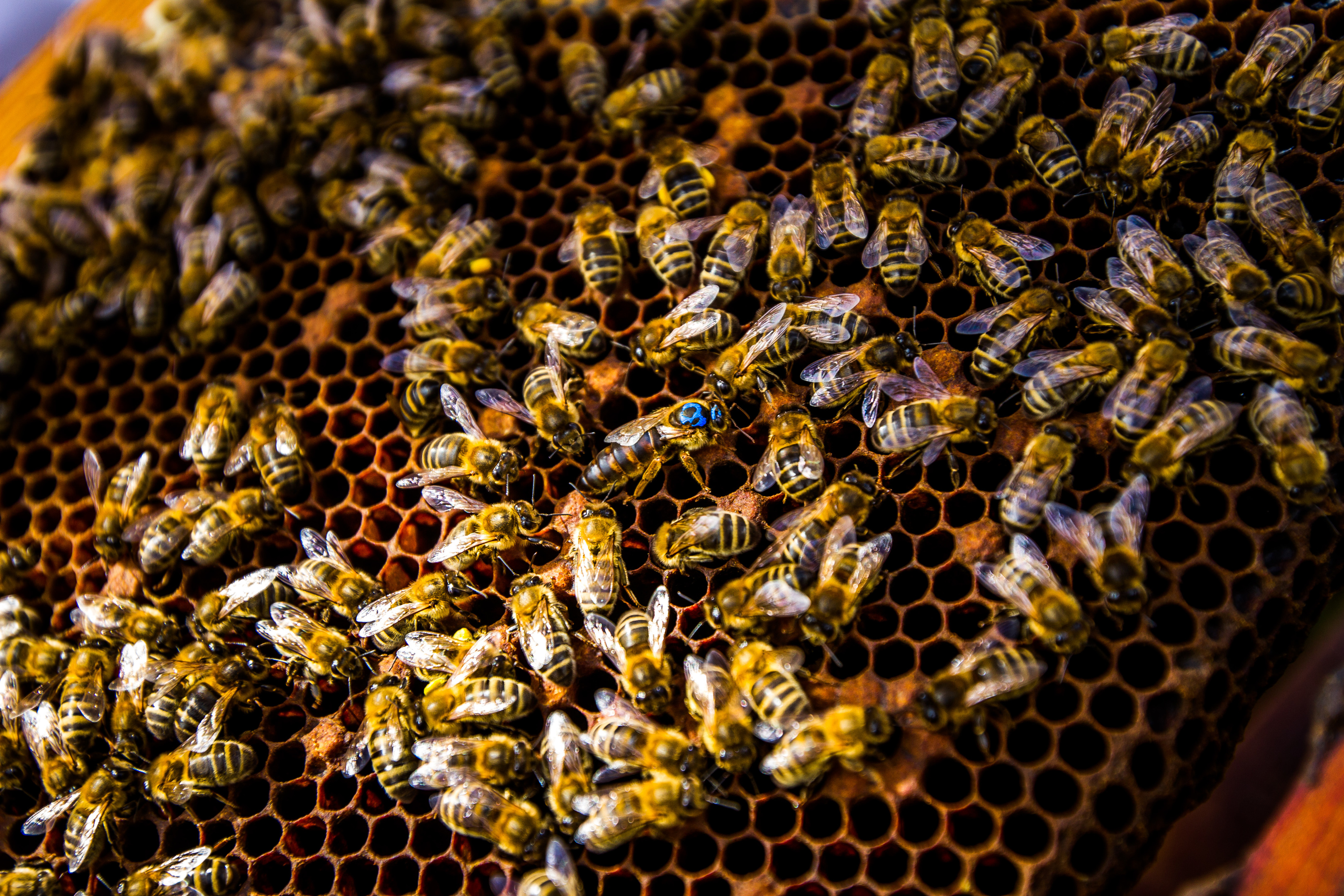Research suggesting a controversial pesticide posed little risk to honey bees has been described as misleading by scientists at the University of St Andrews.
A team at the Fife university has questioned the results of a study on the effects of neonicotinoids by Swiss agriculture firm Syngenta.
Research conducted at the university’s Centre for Research into Ecological and Environmental Modelling by Dr Robert Schick, Professor Jeremy Greenwood and Professor Steve Buckland suggested the Syngenta study was too small to be accurate.
Professor Greenwood said: “In order to reach valid conclusions about the results of an experiment such as this, one needs not just to estimate the effect of the treatment but also to measure the precision of the estimate. That is what we have done, using standard statistical techniques.
“What we found was that the estimates of the treatment effects were so imprecise that one could not tell whether the effects were either too small to pose a problem or, in contrast, so large as to be of serious concern.
“In effect, the experiments were on such a small scale that little useful could be concluded from them.”
The findings are published in the international journal Environmental Sciences Europe.
Neonicotinoids have been linked to the decline of honey bees and other pollinators.
But the Syngenta study concluded that the neonicotinoid thiamethoxam posed only a low risk to honey bees.
Syngenta carried out field trials more than a decade ago, between 2005 and 2008 in collaboration with the Eurofins Contract Research Organisation.
Environmental Sciences Europe said: “At the time of conduct, these field trials were the most extensive regulatory field testing trials ever undertaken to investigate the safety of neonicotinoids to honeybees.”
“In 2013, in response to a call for industry to be more transparent with regard to its neonicotinoid honeybee data, Syngenta took the decision to publish the data from these studies.”
The journal said while adverse effect on honeybees could not be ruled out, the St Andrews scientists “fail to acknowledge the wealth of informative data generated from these field trials that equally provides no evidence for an adverse effect either”.










